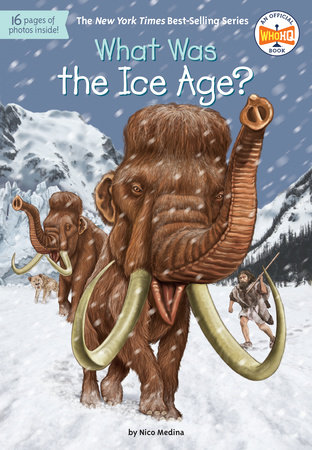
What makes an award-winning book?
This month, we’re spotlighting award-winning STEM/STEAM Books. The selected titles are a diverse bunch, covering a variety of topics, book categories, and age ranges. Yet the books all have one thing in common — they have tapped into their creators’ curiosity and passion. These books reveal that an author’s connection to their topic can create some incredible nonfiction.
Author connections
What kind of connections do these award-winning authors have to their books? Let’s look.
Tapping into personal interests: Jen Swanson, author of Outdoor School: Rock, Fossil, and Shell Hunting said, “I grew up with a creek in my backyard and practically spent my entire childhood running around outside along the creek, climbing trees, tromping in the forest, and much more. Writing this book was awesome! because it helped me to relive my childhood in a lot of ways. (Read the full interview here.)
Elizabeth Pagel-Hogan, author of Animal Allies: 15 Amazing Women in Wildlife Research, said something similar in her book’s author’s note: “Writing this book about wildlife scientists was a childhood dream come true.” In an interview with Lydia Lukidis, Pagel-Hogan recounted all the wildlife she brought home as pets as a kid.
 Tapping into cultural identities: According to her website, Braiding Sweetgrass author Robin Wall Kimmerer is “a mother, scientist, decorated professor, and enrolled member of the Citizen Potawatomi Nation.” Her book grew out of not just her professional background, but also her cultural background and indigenous beliefs about nature and our connection to it.
Tapping into cultural identities: According to her website, Braiding Sweetgrass author Robin Wall Kimmerer is “a mother, scientist, decorated professor, and enrolled member of the Citizen Potawatomi Nation.” Her book grew out of not just her professional background, but also her cultural background and indigenous beliefs about nature and our connection to it.
Tapping into curiosity. Sue Heavenrich, author of Funky Fungi isn’t a trained mycologist but tapped into her curiosity to write her award-winning book. Sue said, “My interest was piqued when I interviewed mycologist Kathie Hodge about an insect-infecting fungus for an article in a local newspaper. She took me on a fungus-looking walk, and showed me her workspace at her lab. That article never got published, but it made me think about fungi in a different way.” (Read the entire interview here.)
Helping students connect to their writing topics
Students have the best chance of crafting high-quality informational writing when they connect with their essay topics. Here are some tips for helping your students forge connections.:
- Whenever possible, give students a choice of informational writing topics, and encourage them to explore those they are most passionate about or interested in.
- Help students explore who they are connected to: their families, communities, culture, schools, and more. A valuable tool for this is to construct Heart Maps, a tool created by Georgia Heard. You can learn more about Heart Maps and using them to inform student writing here.
- As Sue Heavenrich’s experience shows, sometimes all it takes for students to connect with their writing is to provide some information about the topic to spark their curiosity. By definition, we have to know something about a topic to be motivated to learn more. You could spark student curiosity by providing nonfiction picture books to give a taste of a topic or by sharing primary source material like videos or historic photos. Ask students to write down what they notice, what they wonder about, and how they could learn more. (Read more about this process here.)
Informational writing on any topic can sing when writers can tap into who they are when they write.

Kirsten W. Larson is the author of Wood, Wire, Wings: Emma Lilian Todd Invents an Airplane, illustrated by Tracy Subisak (Calkins Creek), A True Wonder: The Comic Book Hero Who Changed Everything illustrated by Katy Wu (Clarion), and The Fire of Stars: The Life and Brilliance of the Woman Who Discovered What Stars Are Made Of, illustrated by Katherine Roy (Chronicle). She also recently released, Reimagining Your Nonfiction Picture Book (Both/And) for adult writers. Kirsten lives with her family near Los Angeles. Find her on social media @kirstenwlarson or at Kirsten-w-larson.com.













